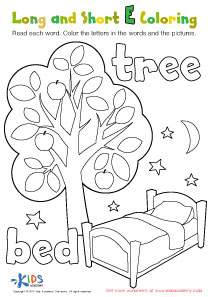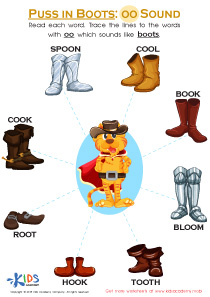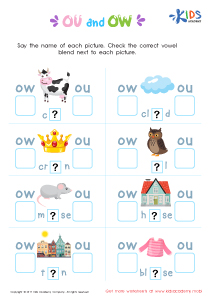Phonics Skills Normal Long Vowels Worksheets for Ages 3-5
4 filtered results
-
From - To
Discover our engaging Phonics Skills worksheets designed for children aged 3-5, focusing on normal long vowels. These printable worksheets are perfect for early learners, providing a playful way to master essential phonics skills. Each activity aids in sound recognition and letter association, making learning fun and interactive. Our easy-to-follow exercises help reinforce vowel sounds through colorful illustrations and relatable examples, ensuring young readers build confidence in their reading abilities. Ideal for both classroom and home use, these worksheets empower toddlers and preschoolers to develop a strong foundation in literacy. Start your young learner's journey towards reading success today!
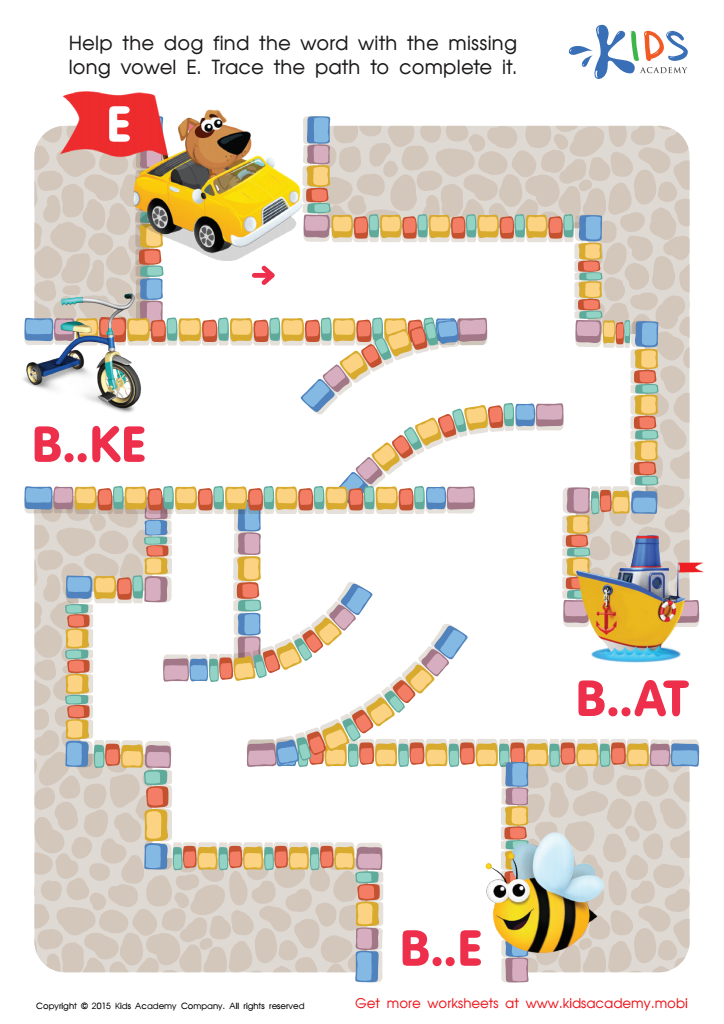

Long Vowel Sound E Worksheet
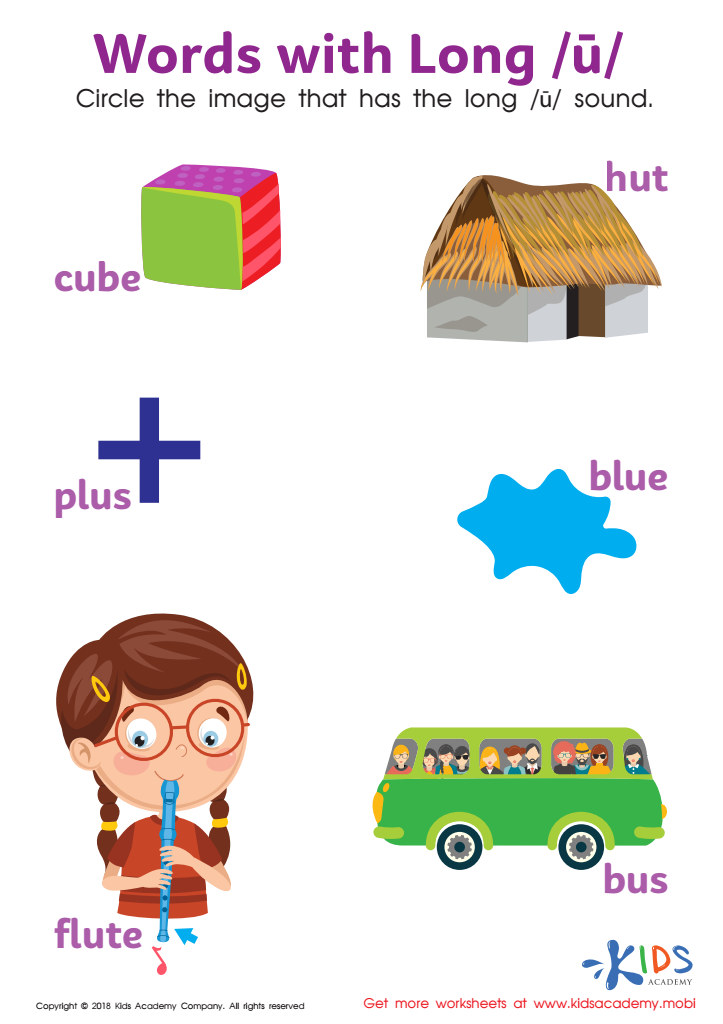

Words with Long U Reading Worksheet
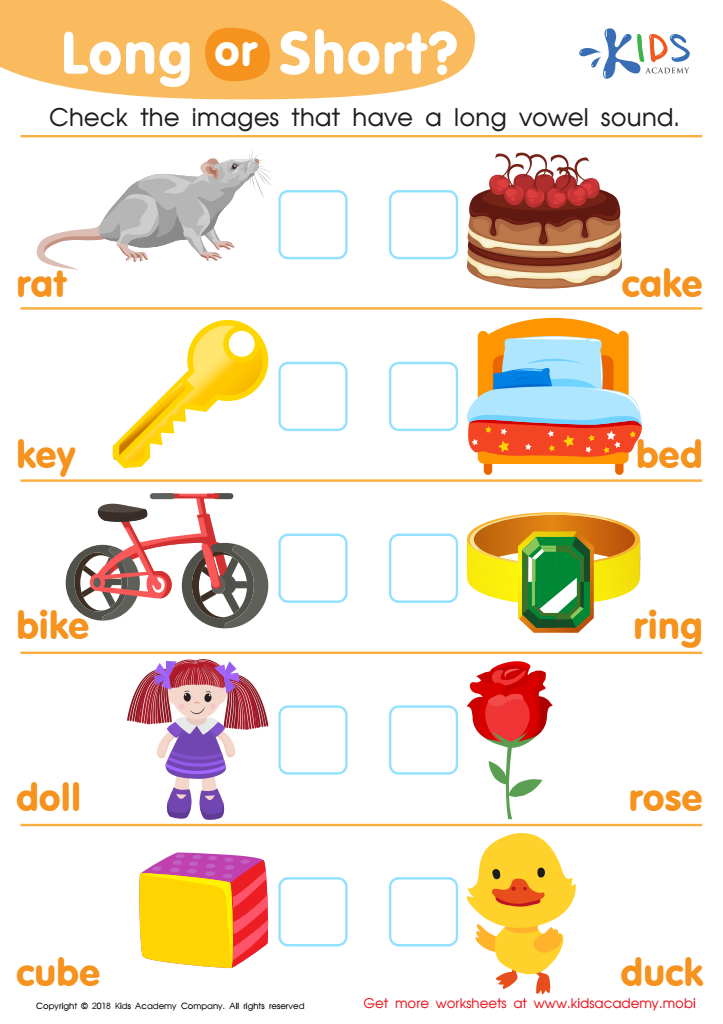

Long or Short Reading Worksheet


Long and Short E Worksheet
Phonics skills, particularly understanding long vowels, are vital for young children aged 3-5 as they lay the foundation for reading and language development. Early exposure to phonics helps children recognize the relationship between letters and sounds, a process critical for decoding words—an essential skill in becoming proficient readers.
Long vowels, like those in “cake” or “bike,” are often trickier for young learners, who need guidance to differentiate them from their short vowel counterparts. By mastering long vowels, children enhance their vocabulary, spelling abilities, and overall literacy skills. Phonics instruction fosters a love for reading by making it accessible and enjoyable, boosting children's confidence as they encounter new words.
Additionally, phonics not only supports academic achievement but also contributes to cognitive development. Children who understand phonetics are better equipped to express themselves effectively, facilitating communication skills crucial in social and academic settings. For parents and teachers alike, prioritizing phonics skills at an early age helps cultivate motivated learners, preparing them for future educational success and critical thinking.
By ensuring children understand phonics, especially long vowels, educators and caregivers can set them on a path toward lifelong learning and a greater appreciation for language.
 Assign to My Students
Assign to My Students





